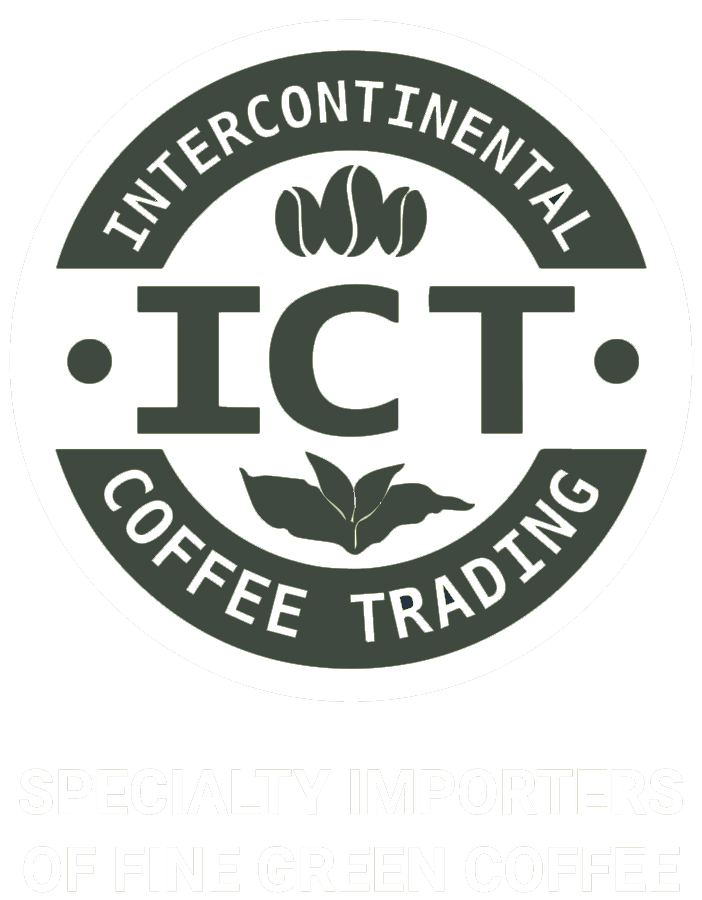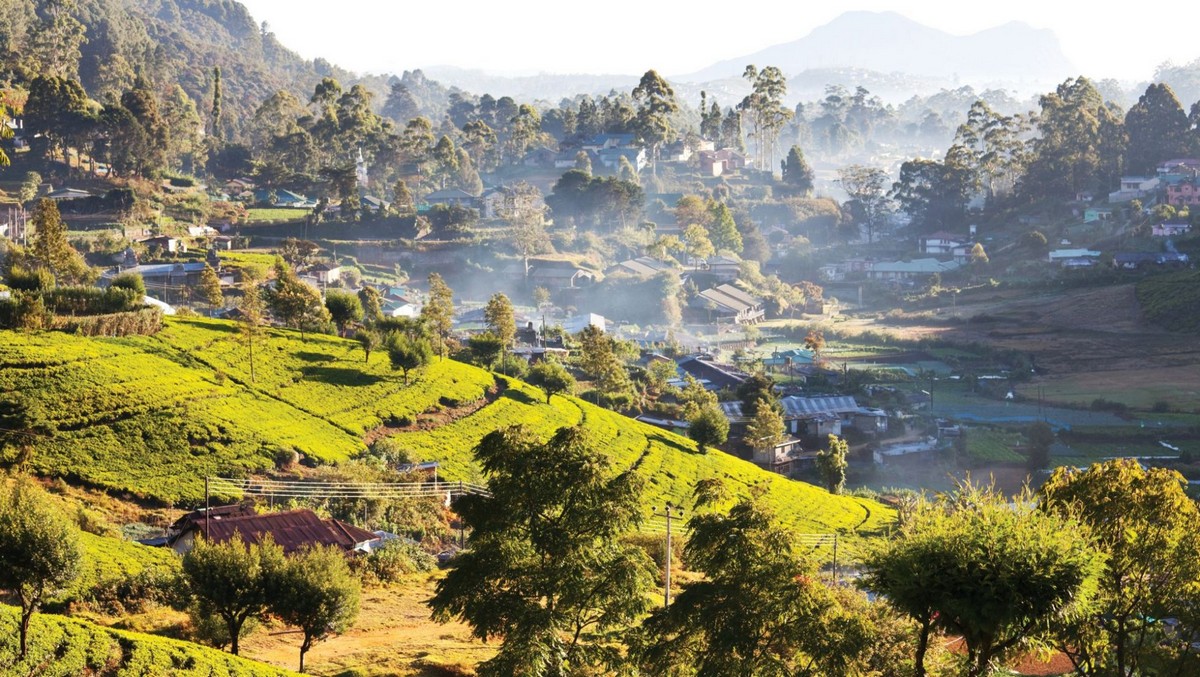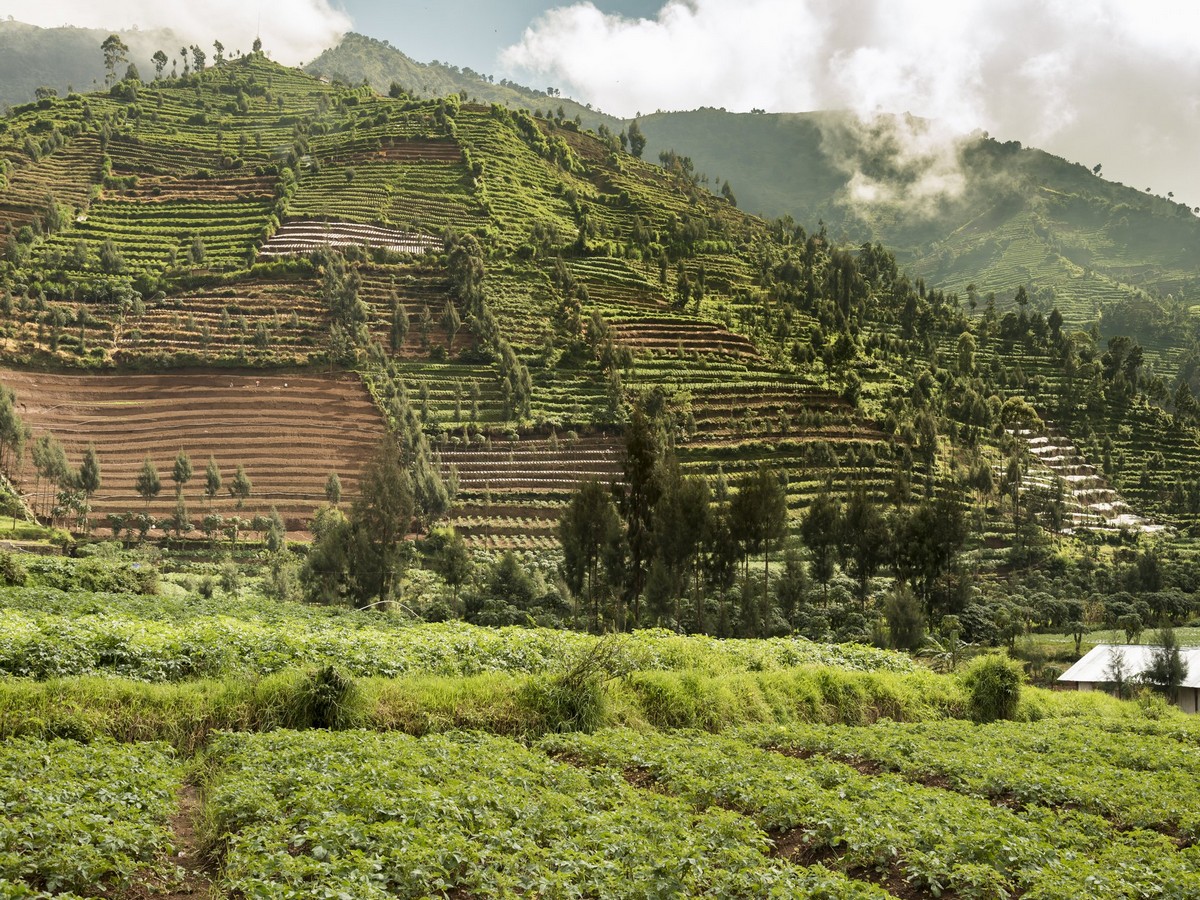Indonesian Sumatra Coffee
INDONESIA
PROCESSING: Washed, semi-washed “Giling Basah”, some Natural
HARVEST PERIOD: October – January
ARRIVAL PERIOD: January – April
ANNUAL COFFEE PRODUCTION: 6.5 – 7.5 million bags
Varietals
Sulawesi (Toraja)
The island of Sulawesi produces a distinct style of coffee, produced in the traditional washed process. Relative to most Sumatrans they are medium-bodied and mildly acidic (though still smooth) with brighter flavors.
Java
Good Java coffee exhibits are medium-heavy heavy bodied, less acidic than most Sumatra. Java coffee is somewhat rustic in its overall flavor profile with a lingering finish and herbaceous subtleties in the aftertaste. A low-toned richness that is typical of Indonesian and New Guinea coffees is present, less earthy than some other Indonesian coffees such as Sumatra and Sulawesi.
Mandheling
Mandheling in Northern Sumatra produces the most famous coffees from Indonesia. These are produced using the unique wet-hulled method often referred to as “semi-washed”, something of a hybrid between the natural (dry) and washed methods.
Aceh (Gayo)
Gayo coffees are grown on the northernmost tip of Sumatra, near Lake Tawar. Higher-toned, sweeter and cleaner and lighter-bodied than the typical Madnheling or Lintong offering.


